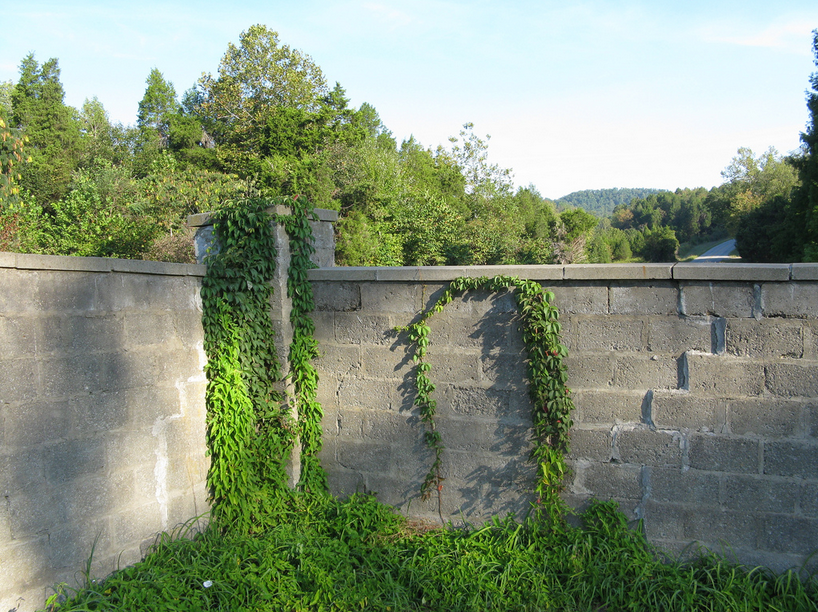Writing and Meditation Prompt: On “In Silence” by Thomas Merton

Be still.
Listen to the stones of the wall.
Be silent, they try
to speak your
name.
Listen
to the living walls.
Who are you?
Who
are you? Whose
silence are you?
from “In Silence” by Thomas Merton
One way of thinking about meditation, it occurs to me, is to think of it as listening to thoughts in the silence—either one’s own thoughts or the thoughts of someone else, or some combination of the two. And one way of thinking about writing and meditation would be to combine this kind of thinking in the silence with writing about it afterwards. The meditation and the writing complementing each other. This is something I’ve been trying out lately, and playing with, in my quest to explore and practice meditation. I seem to have settled on three steps.
These steps could be thought of as meditation for those (like me) who find meditation a challenge. Or these could be thought of as writing and meditation for the beginner.
- Relaxing and settling in
- The meditation itself
- Writing about it
The steps, of course, could be adapted as needed.
Here are the three steps as they might apply to meditating and writing on this excerpt from Thomas Merton’s poem. The process as outlined here would take about twenty minutes. Probably best if one can find twenty minutes of quiet, uninterrupted time to try this out, but this too could be adapted.
First, settle in and begin to relax. Take 5 minutes or so. If you’re already a meditator, you can sit in the posture you use for meditation. (If you’re already a meditator, you probably don’t need these instructions!) Or you can sit in a chair. Whether sitting on the floor or a chair, best if possible if your spine can be straight—and then your muscles relaxed or beginning to relax. I’m including here brief instructions for relaxing and settling in, instructions I’ve adapted from instructions I learned when I was doing imagery training (a kind of hypnosis training), fairly basic instructions that I often used with patients when I had my mind-body medicine practice. Sometimes, when working alone, it can be helpful to record a script like this and listen to it while you relax, but you can also simply read it and go back and forth between reading it and settling in.
Second, begin to reread the excerpt from Merton’s poem and begin to think about it, in any way you like. As with the relaxation instructions, you can record the poem so you can listen to it. Or you can go back and forth between reading the poem—or a few lines of the poem—and thinking about it. If your mind wanders, don’t be surprised by that; simply call it back gently to the poem and notice what thoughts you’re having about the words of the poem. Allow five to ten minutes.
Be still.
Listen to the stones of the wall.
Be silent, they try
to speak your
name.
Listen
to the living walls.
Who are you?
Who
are you? Whose
silence are you?
Third, write about it. Allow five to ten minutes.
The poem is from Merton’s collection, The Strange Islands.
The photo, found at Flickr, is of a stone wall at the Abbey of Gethsemani, the site of the monastic community in Kentucky that Merton entered in 1941.
